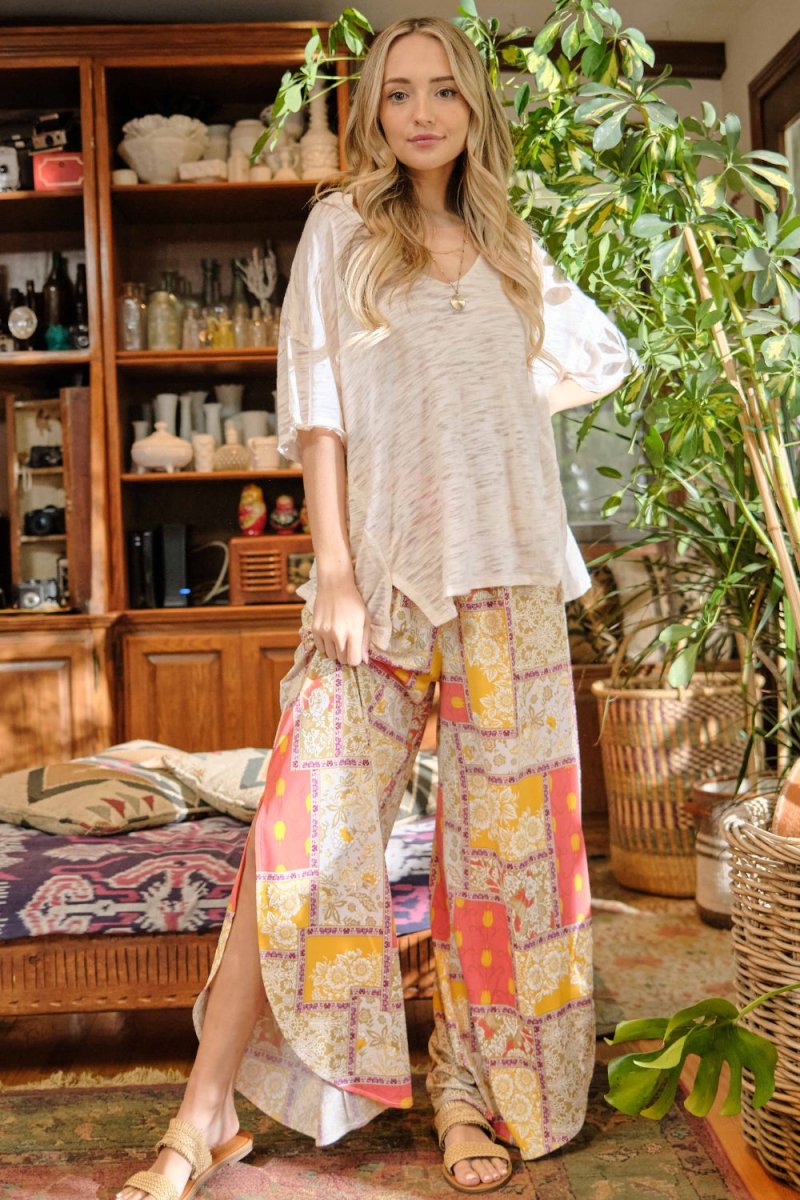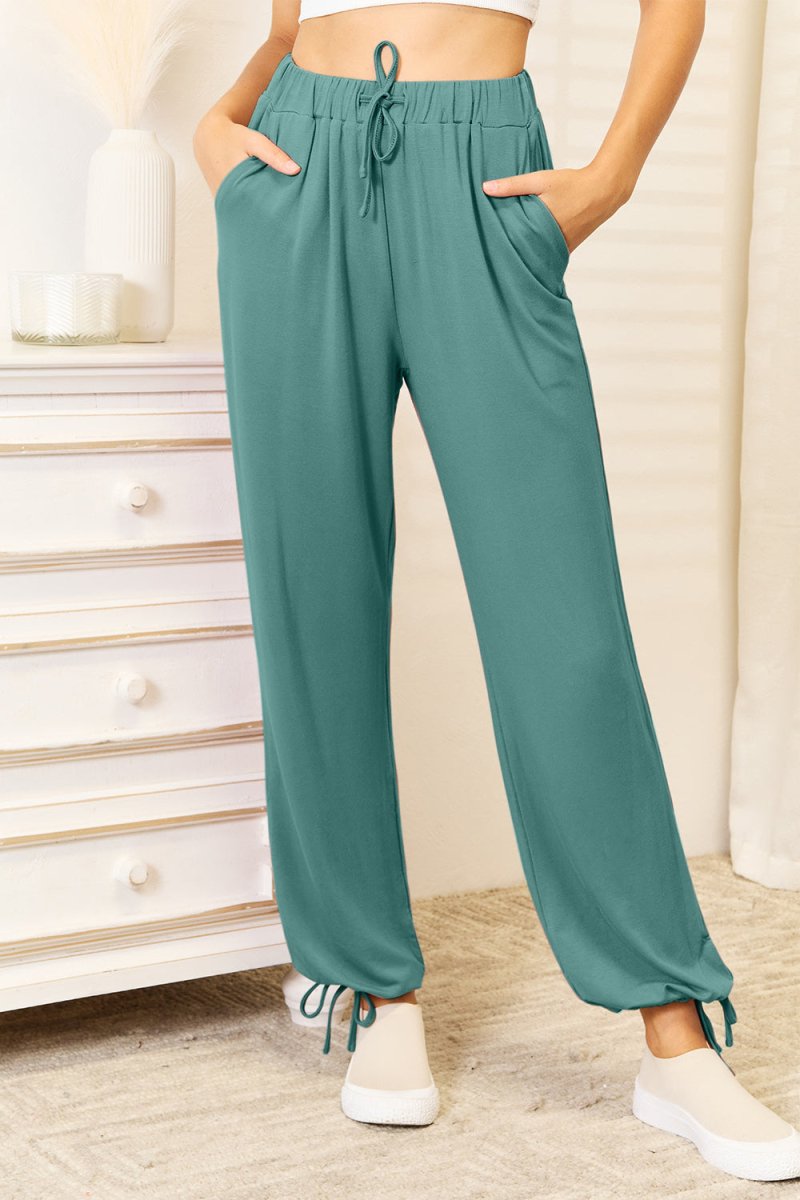How next-gen materials are reshaping craftsmanship, couture, and the future of premium fashion.
In recent years, sustainability has moved from a marketing catchphrase to a core expectation, especially in luxury fashion. But 2025 has sparked an entirely new chapter. The world is no longer talking only about recycled polyester or organic cotton. Instead, the industry is shifting toward a bold frontier: bio-materials and plant-based alternatives that rival the elegance, structure, and performance of traditional luxury textiles.
One of the biggest cultural moments this week was Cate Blanchett stepping out in a sheer lilac gown crafted with the world’s first plant-based feather alternative, signalled that this movement is entering the mainstream, and that haute couture is finally embracing next-gen materials without compromising beauty or craftsmanship.
Why Bio-Materials Are the Future of Luxury
Luxury fashion thrives on artistry, rarity, and innovation, and bio-materials check all three boxes. Today’s plant-derived textiles are not “eco substitutes” but high-performance materials engineered for luxury silhouettes.
Some of the most exciting developments include:
• Plant-based feathers
Crafted from cellulose, corn fibres, banana fibres, and botanical polymers, these feathers mimic the softness, lightness, and movement of traditional feathers without animal harm.
They also allow designers to experiment with:
-
Extended feather lengths
-
Custom colors
-
Sculptural shapes
-
Hyper-light layering that’s impossible with real feathers

Image Source - shutterstock
• Bio-leathers
Made from pineapple leaves (Piñatex), cactus, apple waste, and mushroom mycelium, bio-leathers bring luxury texture with minimal environmental cost. They’re breathable, durable, and increasingly used in high-end handbags and footwear.

Image Source - 4tify
• Bio-silk and lab-grown fibres
Made through fermentation technologies, these fibres replicate the shine and drape of silk while offering more customisation and higher strength.
Luxury brands are no longer just experimenting — they’re integrating.

Image Source - Alamy Images/Newscom
Nature-Led Design: The New Luxury Aesthetic
A new design language is emerging, one rooted in organic textures, botanical structures, and graceful movement.
Plant-based feathers create a soft, diffused glamour that feels modern rather than ornate.
Bio-leathers offer matte finishes, sculptural edges, and a tactile richness that elevates minimal silhouettes.
Bio-silks bring a fluidity that complements the trend towards quiet luxury, airy tailoring, and refined femininity.
In many ways, the next era of luxury is calmer, softer, and more human, shaped by materials that feel close to nature yet crafted with advanced science.
Why Luxury Consumers Love Bio-Materials
A new generation of luxury shoppers, from global influencers to thoughtful minimalists, values sustainability, transparency, and craft. Plant-based materials offer:
-
Ethical luxury without compromise
-
Better breathability and comfort
-
Longer-lasting structure
-
Lightweight couture silhouettes
-
Lower environmental impact
Many buyers now see sustainability not as a trend but as a mark of prestige. Wearing eco-luxury means choosing innovation, cultural awareness, and future-forward style.
The Red-Carpet Effect (Why This Week Matters)
Cate Blanchett’s appearance in a gown with plant-based feathers wasn’t just a celebrity moment — it was a cultural shift. The red carpet is fashion’s global billboard, and when an A-list star wears next-gen materials, the entire industry pays attention.
This moment:
✔ legitimises bio-materials at the couture level
✔ pushes luxury houses to re-evaluate supply chains
✔ inspires emerging designers to innovate
✔ signals a wider acceptance among fashion consumers
We’ve reached the tipping point, bio-materials are no longer experimental. They’re becoming desirable.

Image Source - Instagram
What’s Next in Bio-Material Innovation?
Here’s where the industry is heading in 2025–2026:
-
Mushroom leather handbags with ultra-smooth surfaces
-
Banana-fibre feathers for structured couture
-
Bacterial cellulose gowns with holographic finishes
-
Carbon-negative fabrics that absorb CO₂
-
AI-enhanced material engineering, predicting texture, durability & drape performance before production
The future is a blend of science, nature & design — and it looks more luxurious than ever.

Image Source - Thvaniearthcraft
Final Thoughts
Luxury fashion is entering a renaissance, one where sustainability doesn’t feel like a sacrifice, but like innovation, storytelling, and elevated artistry. Plant-based feathers and bio-materials represent the new face of couture, shaping silhouettes, textures, and ideals for the next decade.
Fashion is finally proving that responsibility can be glamorous and that the most beautiful materials may come not from animals, but from nature’s intelligence and human creativity combined.










